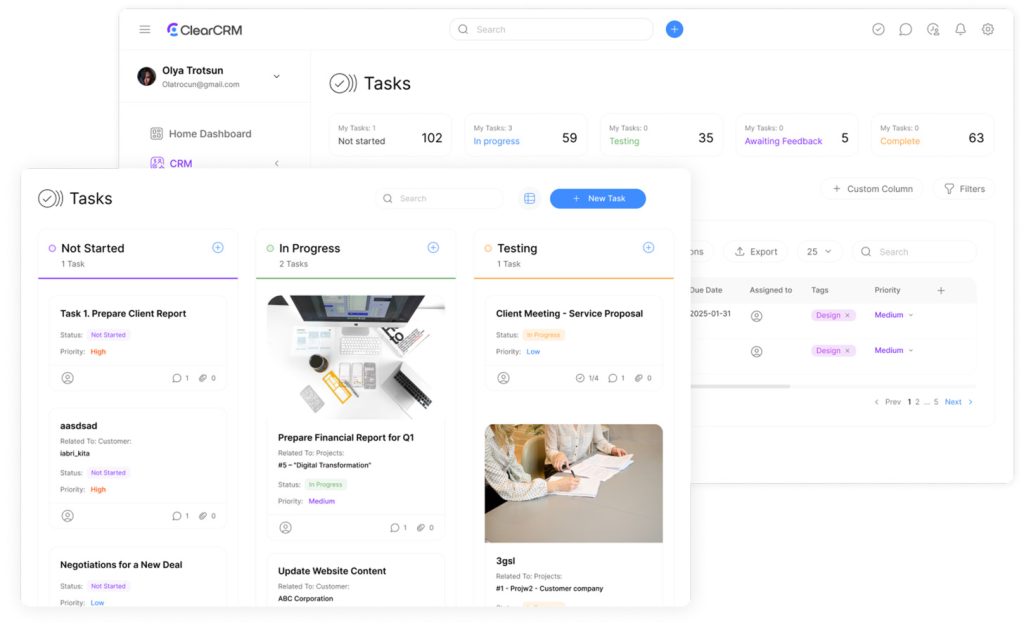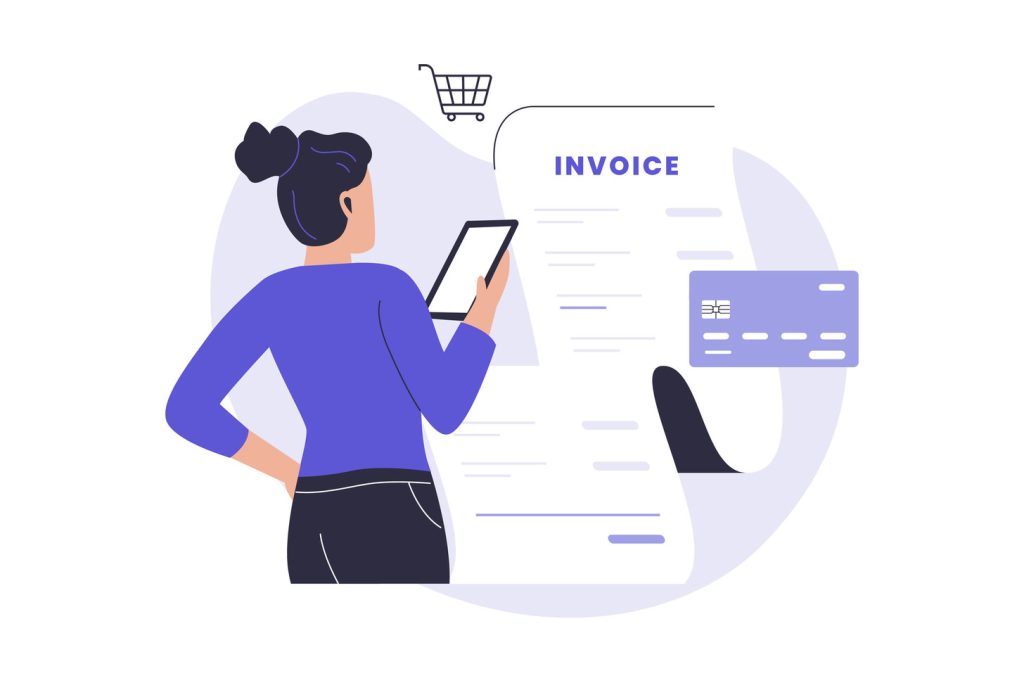Master Time Tracking For Billable Hours: A Step-by-Step Guide

Businesses lose millions annually due to inefficient work-hour monitoring. Creative agencies, consultancies, and software teams often face disputes over unclear service records, damaging trust and profitability. Without precise methods to capture client-related tasks, organizations risk undervaluing their expertise.
Modern systems eliminate guesswork by automating activity documentation. These tools integrate with project management platforms, offering real-time visibility into team productivity. Leaders gain data-driven insights to refine estimates, align workloads, and justify invoices with transparent reports.
Adopting structured approaches strengthens client relationships through accurate billing. Firms that implement these strategies typically see 20-35% fewer payment delays and improved project success rates. The right framework turns chaotic workflows into predictable, scalable processes.

Key Takeaways
- Inaccurate work documentation causes revenue leaks across professional industries
- Automated tools provide instant visibility into team productivity metrics
- Transparent reporting builds client trust and reduces payment disputes
- Data-driven insights help optimize project timelines and resource allocation
- Scalable systems support business growth without compromising service quality
Introduction to Time Tracking and Billable Hours
Service-based businesses thrive when every client-focused minute translates to measurable value. Distinguishing revenue-generating tasks from internal operations forms the backbone of sustainable growth, particularly for agencies and consultancies.
Defining Billable Hours and Its Importance
Billable activities directly contribute to client deliverables, from strategy sessions to project execution. These efforts represent core revenue streams, unlike administrative work or team meetings. Clear categorization prevents undervaluing expertise while maintaining transparent client agreements.
Accurate documentation helps firms identify profitable services and adjust pricing models. For example, a marketing agency might discover content creation yields higher margins than social media management, prompting strategic resource shifts.
Overview of Time Tracking Benefits
Modern systems replace manual logs with automated precision, capturing data across projects and teams. This eliminates estimation errors and provides actionable insights into workforce productivity. Leaders gain visibility into how long tasks actually take versus initial projections.
Comprehensive reports bridge communication gaps with clients, reducing invoice disputes by 28% in surveyed firms. Tools that monitor both billable and non-billable work also reveal operational bottlenecks, enabling smarter process improvements.
Adopting structured methods ensures fair compensation for expertise while building trust through accountability. Organizations using these systems report 19% faster payment cycles and improved client retention rates.
Understanding the Importance of Accurate Billing in Agencies
Misaligned billing erodes profits and client confidence in professional services. Agencies balancing multiple projects must document efforts precisely to maintain financial health and credibility. Even minor discrepancies in invoicing can trigger disputes or strain partnerships.
Impact on Profitability and Client Trust
Only 56% of service buyers feel their agency relationships are transparent, according to Havas research. Detailed documentation bridges this gap by providing evidence-based justification for charges. Firms using clear billing practices report 31% fewer payment delays and improved retention rates.
Digital agencies charge $175–199 hourly on average, per Promethean Research. Capturing every billable minute ensures these premium rates translate to sustainable margins. Undocumented work often leads to revenue losses exceeding 15% annually.
| Aspect | Accurate Billing | Inaccurate Billing |
|---|---|---|
| Profit Margins | Consistent 20–35% growth | 15%+ annual losses |
| Client Retention | 72% long-term partnerships | High attrition risk |
| Payment Cycles | 19% faster processing | Frequent disputes |
| Legal Risks | Minimal compliance issues | Contract violations |
Three pillars support reliable billing: competitive client rates grounded in market data, airtight contracts defining deliverables, and automated tools for real-time activity logging. Agencies combining these elements reduce administrative burdens while strengthening accountability.
“Transparency isn’t optional—it’s the currency of trust in client partnerships.”
Implementing Time Tracking For Billable Hours
Professional service firms face a critical challenge: aligning effort documentation with fair compensation models. Strategic implementation requires balancing operational efficiency with transparent client communication.
Key Principles to Follow
Start by calculating true service costs. Include direct labor, software licenses, and overhead in rate structures. This prevents underbilling and ensures projects remain profitable. Teams charging $150/hour but costing $130 to deliver risk unsustainable margins.
Define scope boundaries early. Contracts should specify which activities qualify as billable, approved communication channels, and reporting formats. Clients appreciate clarity—agencies with detailed agreements see 40% fewer disputes over invoices.
Adopt specialized software to eliminate guesswork. Modern platforms automatically log activities across devices while integrating with accounting systems. One legal firm reduced administrative tasks by 18 hours weekly after switching to automated solutions.
Train teams to record work as it happens. Real-time logging improves accuracy compared to end-of-day estimates. Regular audits ensure entries match project phases and client expectations. Consistent practices build reliability in financial reporting.
“Precision in documentation isn’t just about numbers—it’s the foundation of ethical client relationships.”
Manual vs. Automatic Tracking Methods
Organizations face critical decisions when selecting systems to document client work. Two primary approaches dominate modern workflows: hands-on spreadsheet management and intelligent software solutions. Each method suits different operational scales and complexity levels.
Pros and Cons of Manual Logging
Spreadsheet-based systems give teams full control over data entry. Small agencies with straightforward projects often prefer this approach—no software costs, simple templates. However, manual logs demand rigorous discipline. Employees must remember to update sheets after every task, leading to 23% more errors than automated systems according to AccuData research.
Common pitfalls include duplicate entries, forgotten timestamps, and misclassified projects. These issues escalate as teams grow, creating billing inaccuracies that strain client relationships. While cost-effective initially, manual methods become unsustainable beyond 5-10 team members.

Leveraging Automatic Time Tracking Apps
Modern solutions like Productive transform how firms capture work hours. Integrated timers run silently across devices, recording activities without manual input. Features like idle detection and project auto-categorization ensure precision—one marketing agency reduced billing disputes by 41% after adopting these tools.
| Factor | Manual | Automatic |
|---|---|---|
| Accuracy | 75-85% | 98-99% |
| Admin Hours/Month | 15-20 | 2-4 |
| Scalability | Limited | Unlimited |
Browser extensions and mobile apps enable seamless tracking across locations. Real-time dashboards show project progress, while integrations sync data with accounting platforms. For growing teams, automation eliminates bottlenecks that manual processes can’t resolve.
“Smart tools don’t just record hours—they reveal operational truths hidden in daily workflows.”
Selecting the Right Time Tracking Tools
Choosing effective solutions requires matching organizational needs with software capabilities. Modern platforms offer distinct advantages based on team size, budget, and operational complexity. Decision-makers should prioritize features that align with their billing accuracy goals and client reporting standards.
Exploring Software Solutions
Productive combines real-time activity logging with financial forecasting and client communication tools. Its all-in-one approach suits agencies managing multiple projects simultaneously. Clockify’s free tier supports unlimited users and projects, ideal for startups prioritizing cost efficiency.
| Feature | Productive | Clockify | Toggl Track |
|---|---|---|---|
| Mobile Access | Yes | Yes | Yes |
| Custom Rate Cards | Advanced | Basic | Limited |
| Project Integrations | 35+ platforms | 50+ platforms | 100+ tools |
| Reporting Depth | Client-level insights | Standard metrics | Custom exports |
Toggl Track excels in cross-platform accessibility, with timers available through browser extensions and mobile apps. One design firm reduced invoice disputes by 37% after adopting its granular reporting features.
Integrations with Project Management Systems
Seamless connectivity with tools like Asana or Jira eliminates duplicate data entry. Automated syncing ensures time records align with task progress across departments. Teams using integrated systems report 29% fewer administrative errors compared to manual workflows.
Real-time updates between platforms maintain consistency in client communications. For example, logged hours in Trello automatically populate billing reports, reducing end-of-month scrambles. This interoperability strengthens accountability while preserving workflow continuity.
“The best tools don’t just track minutes—they create bridges between execution and financial transparency.”
Setting Up Your Time Tracking Process
Transforming operations begins with strategic implementation. Organizations often overlook workflow alignment when adopting new systems, creating friction that undermines potential gains. A methodical approach ensures tools complement existing processes rather than disrupt them.
Evaluating Your Current Workflow
Start by auditing how teams document client work. Identify recurring bottlenecks like manual data entry or inconsistent categorization. One architecture firm discovered 27% of project hours went unrecorded due to fragmented communication channels before implementing structured logging.
Map core activities to specific deliverables. This reveals where automated software can replace error-prone spreadsheets. Teams using this diagnostic method achieve 89% faster adoption rates compared to those skipping workflow analysis.

Team Training and Software Adoption
Designate power users to champion the new system. These experts troubleshoot issues and demonstrate best practices through real project examples. A SaaS company reduced training time by 40% by creating video tutorials tailored to different departmental needs.
Schedule quarterly reviews to refine usage patterns. Encourage feedback through anonymous surveys—teams that iterate on their process see 63% higher accuracy in client reports. Pair updates with recognition programs to maintain engagement across all employee levels.
Successful implementation hinges on balancing technological capabilities with human adaptability. When systems and skills evolve together, organizations unlock sustainable improvements in operational transparency and client satisfaction.

